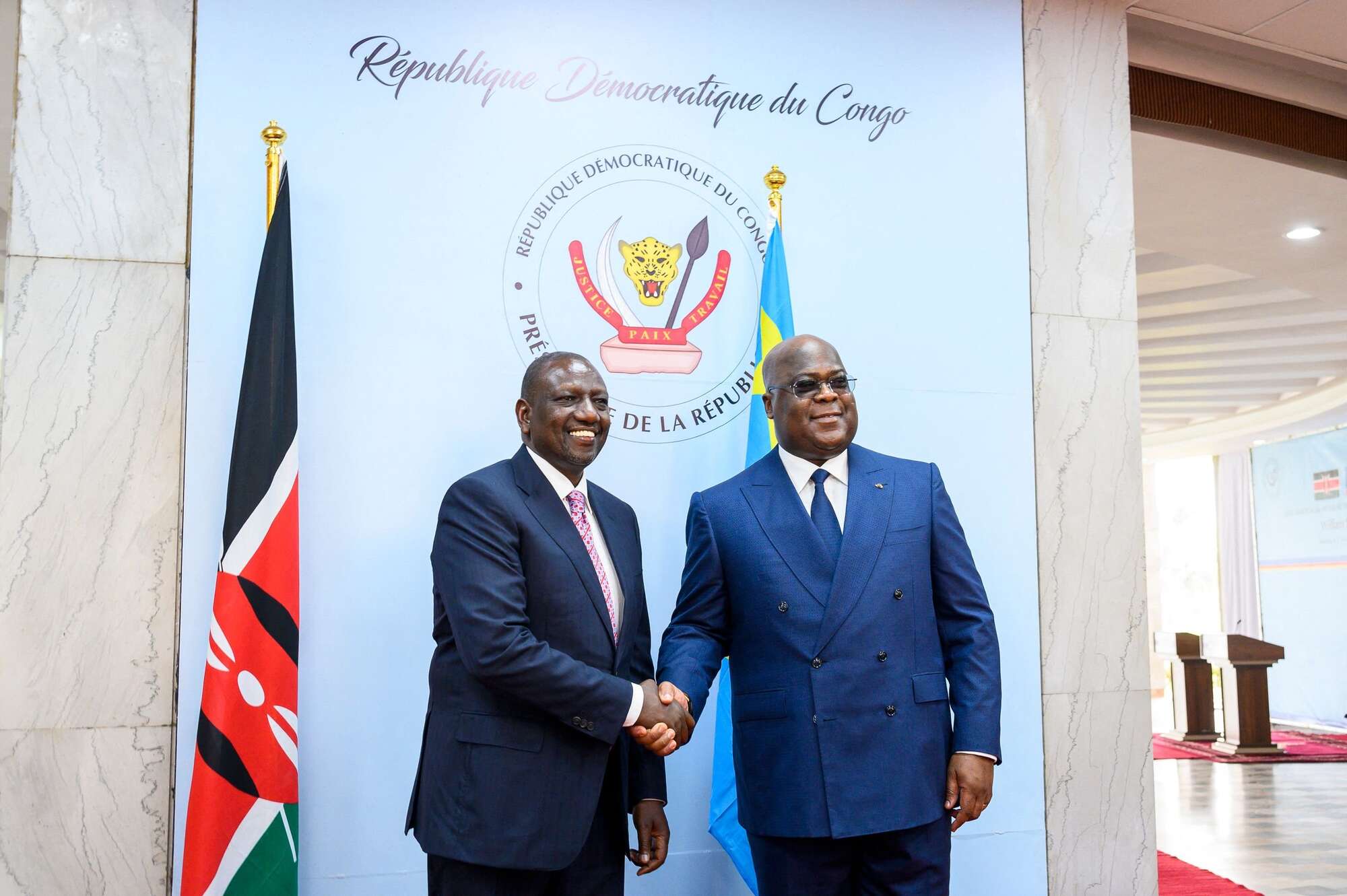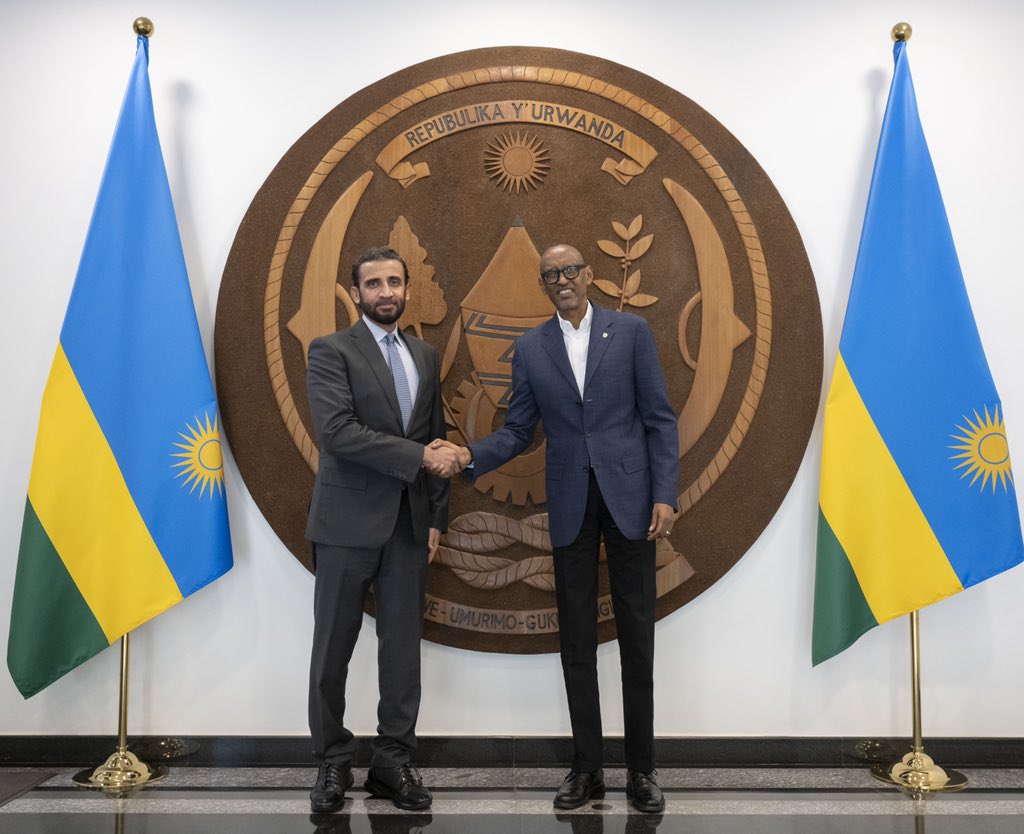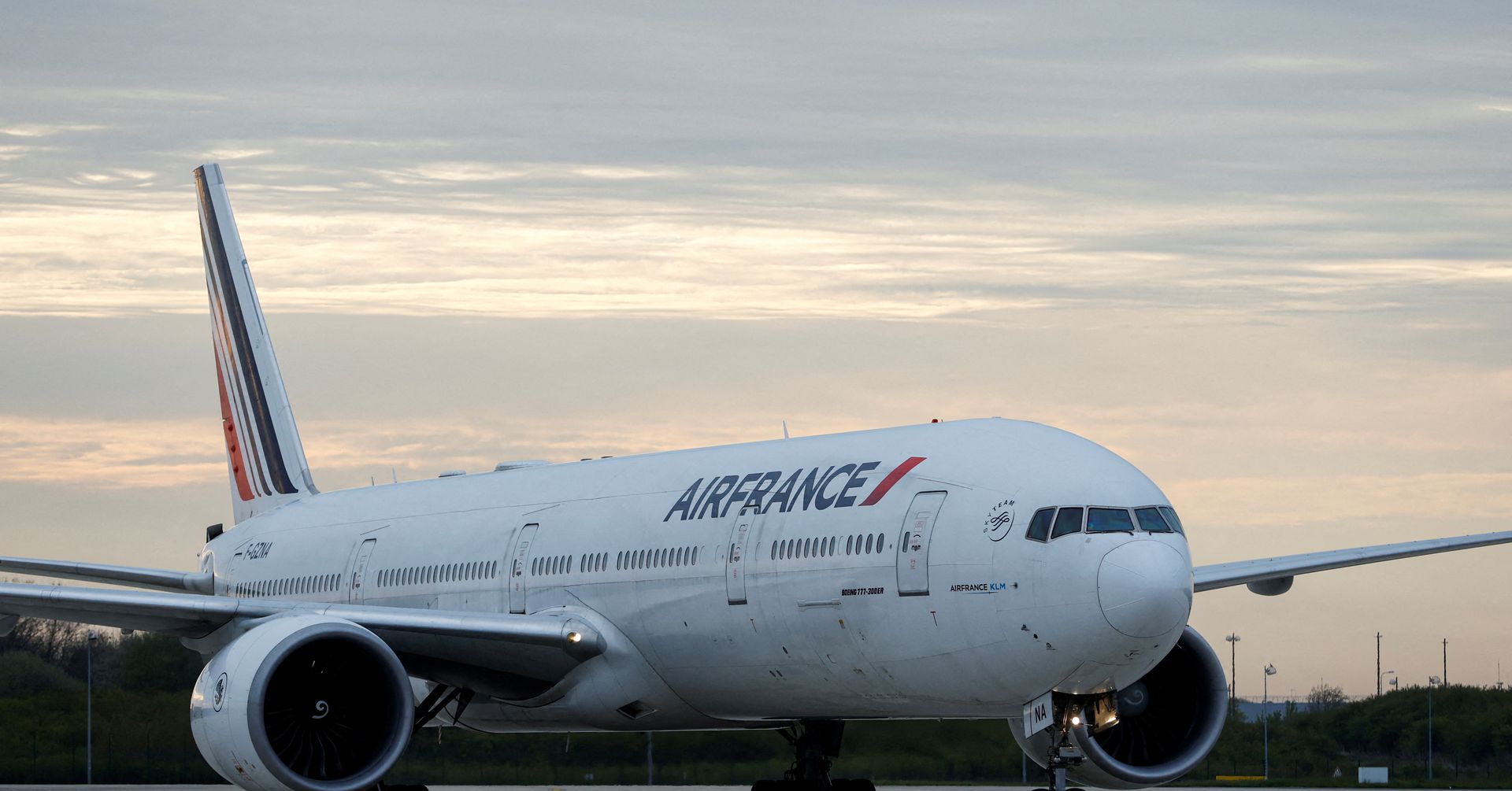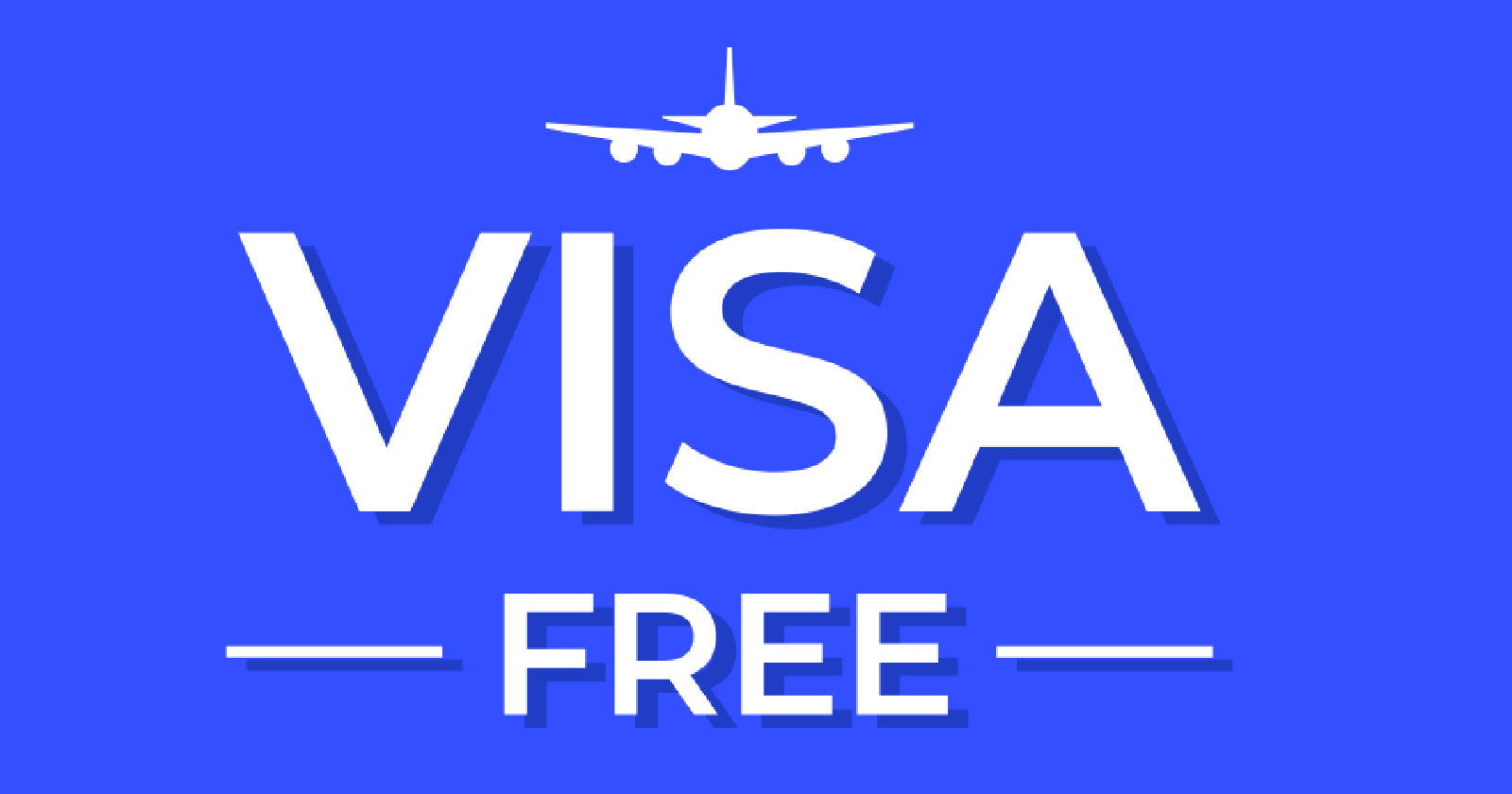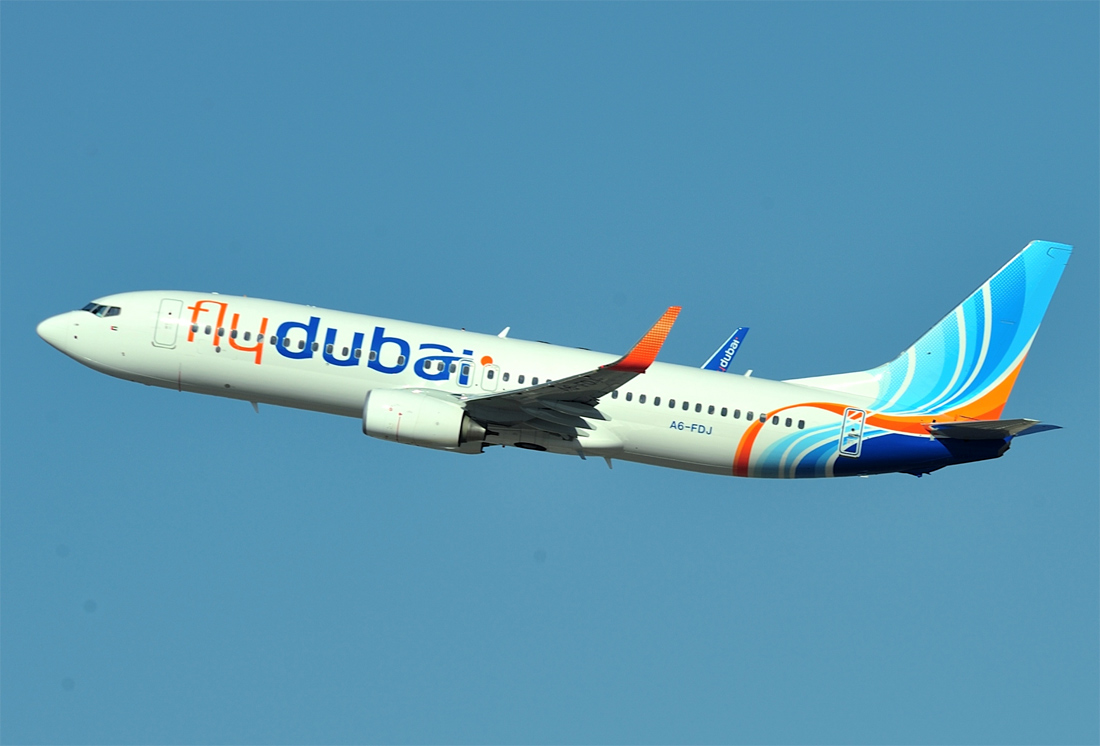It is Kenya’s turn to host the 3rd edition of the East Africa Regional Tourism Expo (EARTE) slated for November as the country roots for regional tourism.
While unveiling the event at KICC set for November 20th -22nd 2023, Tourism, Wildlife and Heritage Cabinet Secretary Peninah Malonza at the same time announced that the event will be held alongside the annual Magical Kenya Travel Expo (MKTE).
She said the twin tourism fairs will enhance Kenya’s and the region’s visibility, forge partnerships and enhance investments in the hospitality, travel, and tourism sectors.
“This year, we shall be integrating the Magical Kenya Tourism Expo (MKTE) and the East African Regional Tourism Expo (EARTE) seamlessly, demonstrating our unwavering commitment to unity and a shared vision within the East African Community,” Malonza said.
“During this period, Kenya will host regional tourism stakeholders and players in the sector. The events provide a platform for the travel trade in the region to showcase and network with the world, my ministry is are dedicated to promoting tourism within the region.”
She added that the tourism sector continues to play a key role in enabling the regional economies.
“By creating opportunities towards building inclusive growth and employment, EARTE and MKTE 2023 will allow us to keep industry stakeholders informed on progresses made towards industry growth and the new strategies, programs and partnerships available in the market.” Said the CS.
Malonza also emphasized that expos form an integral part of the tourism sector and that it is imperative that countries work in collaboration with their respective regional partners in an effort to strengthen tourism.
The Principal Secretary East Africa Community Abdi Dubat said: “The tourism sector contributes an average 9.5 percent of the East Africa region’s GDP and average 7.1 percent of employment opportunities in the region translating to over four million jobs.
The East Africa Regional Tourism Expo (EARTE) and the Magical Kenya Tourism Expo (MKTE) presents us with an opportunity to share our unique and common heritage to the world.
The region is ready to share and promote quality tourism to the world, we now have greater potential for intra Africa tourism which we should continue to advocate for” Said Dubat.
On his part, Principal Secretary for Tourism John Olotuaa said “The hosting the two epos is a genuine manifestation of our commitment to promote intra-regional tourism flow across our borders. We are confident that this platform will provide opportunities for consolidation of relations among our partners across Africa, Europe and beyond. These relations will go a long way towards increasing tourism receipts from key and emerging source markets,” she said.
The East Africa Regional Tourism Expo (EARTE), is an annual regional travel fair showcasing the region’s diverse tourism offering to consumers, and trade, hosted by the East African Community partner states on a rotational basis.
The inaugural Regional Tourism Expo was hosted by the United Republic of Tanzania (URT) in October 2021 in Arusha, while the second edition was hosted by the Republic of Burundi in September 2022 in Bujumbura.
The Magical Kenya Travel Expo (MKTE) is Kenya’s annual flagship travel trade fair that brings together tourism stakeholders, partners and media from some of Kenya’s key source markets in Europe, Africa, Asia, and the Americas.
The two expos have been combined into one event, creating more value and enhancing the level of engagement at the show for all the participants.
Kenya Tourism Board Ag. CEO John Chirchir commented: “We are delighted to be hosting these two expos because it gives us an opportunity to profile Kenya as a unique tourist destination globally.
The fairs will also provide an opportunity for us to consolidate our position as a premier Meetings, Incentives, Conferences & Exhibitions (MICE) destination in the region, which is key in efforts to grow and maintain our global share of the international tourism market.”
Source: Capital Fm


